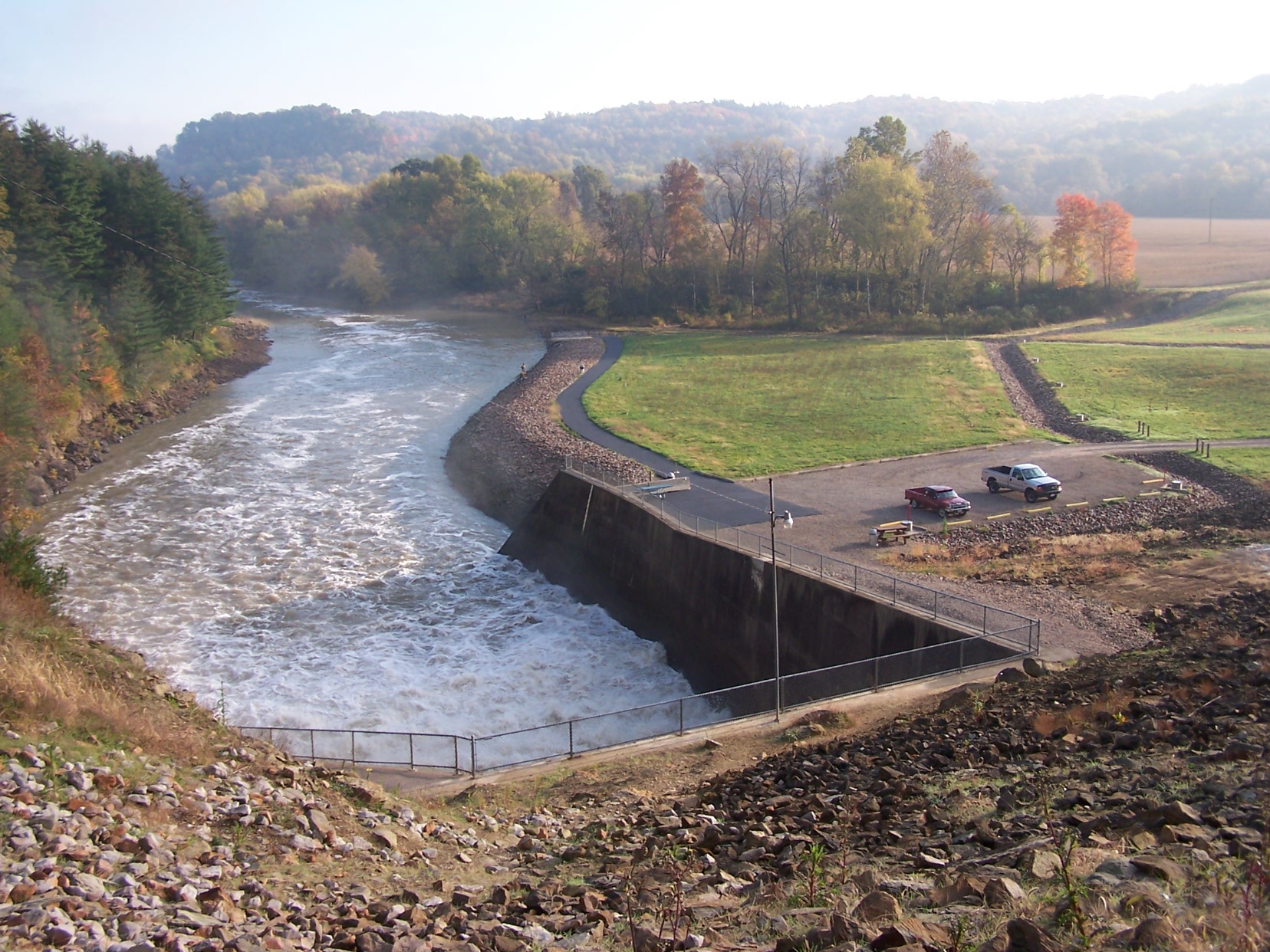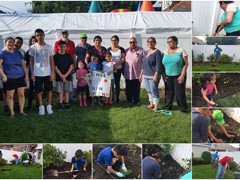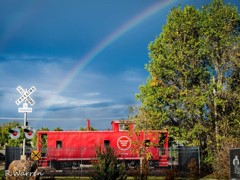We’ve heard project updates are the #1 thing you want from our newsletter. Starting this month, we’ll have links to Notes from the Field, where you get updates straight from the communities and scientists we work with. This month, updates from Flint, Michigan; Cambridge, Ohio; DeSoto, Missouri; and Cicero/Berwyn, Illinois.

Photo by Jon Burley
From Flint, Mich.: Vincy Tam, a landscape architecture senior from Michigan State University (MSU) presented her design study of the Flint green-roof project to an audience of about 30 people in the MSU presentation room. Vincy is from Hong Kong and will complete her study to assess the metrics of various design alternatives during her master’s work at MSU in Environmental Design.

Photo by Wikimedia Commons
From Cambridge, Ohio: The Pisces water samplers are being tested as prototypes right now, building upon the experience from the first deployment in the Cambridge, Ohio, area along Wills Creek, through Seneca Lake in Southeastern Ohio, to the Wills Creek Reservoir, the source of drinking water for the city of Cambridge. The samplers will be deployed as soon as weather permits and will measure hydrocarbons. We continue to seek partners for grant opportunities and are making plans for community outreach and involvement in the next deployment.

Photo by Delia Barajas
From Cicero & Berwyn, Ill.: We are in the stage of pulling together as much information and resources related to local flooding as possible, so we can start to brainstorm solutions. Our information, so far, includes a tool from the University of Iowa that we can use to measure environmental justice in our neighborhoods, the storm water plan for one of our two communities, a recent report that models the impact (or not) of a nearby reservoir, a sewer program that helps residents pay for upgrades to protect themselves but still leaves the residents on the hook for a hefty investment, connections to specialists in green infrastructure, a Google Maps–based survey of impervious surfaces in our neighborhoods, and georeferencing available paper maps of all the sewers in Berwyn and Cicero.

Photo by Robin Warren
